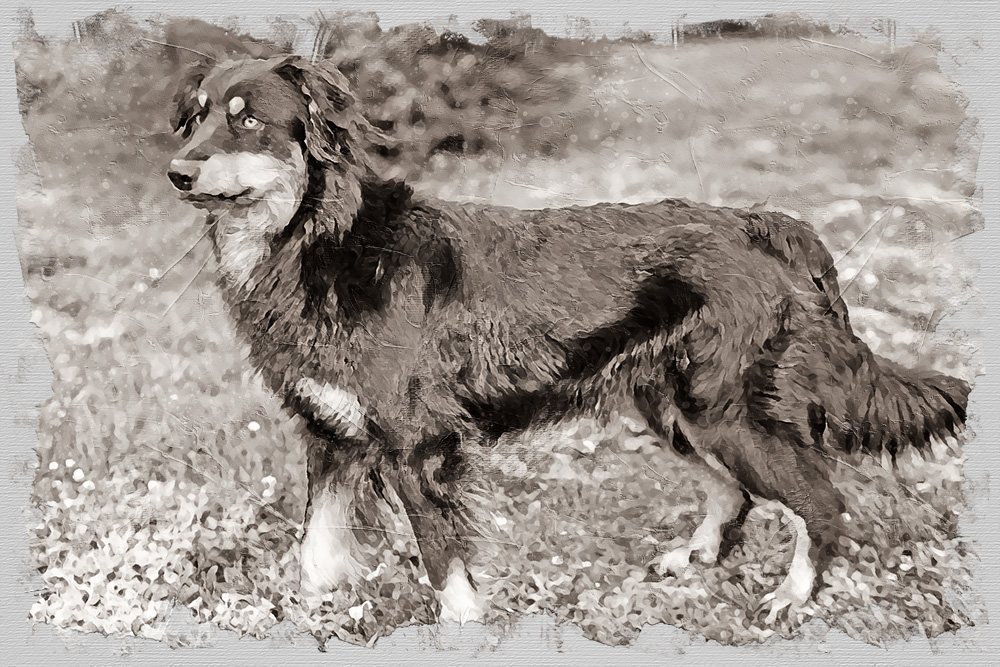Abstract
This article delves into the presence and significance of English Shepherds in early American history. Although the breed’s name was not widely used until the late 19th century, the ancestors of English Shepherds played a crucial role in the agricultural life of early settlers. The article highlights some of the historical references that provide insight into the breed’s lineage and importance in early America.
Introduction
English Shepherds, versatile and hardworking herding dogs, have played an essential role in the agricultural history of the United States. Although direct historical references to the breed are sparse, their ancestors and roles are well documented in early American history. This article aims to shed light on the presence and significance of English Shepherds in early America by exploring some of the historical references that provide insight into the breed’s lineage and importance during that time.
George Washington and His Dogs
George Washington, the first president of the United States, was a dog enthusiast and owner of several dogs. In his diaries and letters, he mentioned various breeds of dogs, such as “Shepherd’s Dog” and “Farm Dog,” which could be ancestors of the English Shepherd. In a letter to his farm manager in 1799, Washington asked for a “perfectly black dog” that could be used for herding and managing livestock on his plantation (Source: Library of Congress, George Washington Papers).
“Rural Hours” and Farm Dogs
In the book “Rural Hours” (1850) by Susan Fenimore Cooper, the author describes the working dogs of the time in upstate New York and their roles on farms. Although the term “English Shepherd” is not explicitly used, the description of the working farm dogs fits the breed’s characteristics and abilities.
In the book, Cooper describes the dogs as being of medium size, with strong and muscular bodies, well-suited for the tasks they performed on the farm. She notes that these dogs were valuable assets to farmers, assisting with various tasks such as herding livestock, guarding property, and providing companionship. Cooper emphasizes the intelligence, loyalty, and adaptability of these dogs, traits that are also found in the English Shepherd breed.
Cooper also mentions the close bond between the farmer and his dogs, demonstrating the importance of these animals as both working partners and companions. This bond not only made the dogs more effective workers but also reinforced the integral role they played in the daily lives of rural Americans.
The Livestock Conservancy
The Livestock Conservancy, an organization dedicated to the preservation of heritage breeds, recognizes the English Shepherd as an important part of America’s agricultural history. While specific historical references may be scarce, the breed’s lineage and its role in American history are acknowledged by experts in the field.
Conclusion
The term “English Shepherd” was not widely used until the late 19th and early 20th centuries, and the breed has been known by various names over time, including “Farm Collie” or “Farm Shepherd.” Nevertheless, the breed’s ancestors and their roles as working dogs in early America are well-documented. Tracing the history of English Shepherds in early American history helps to understand the importance of these versatile and hardworking dogs in shaping the agricultural landscape of the United States.
References
Cooper, S.F. 1850. Rural Hours. Gerritsen Collection of Women’s History. G.P. Putnam. http://esbt.us/c0 [1].
